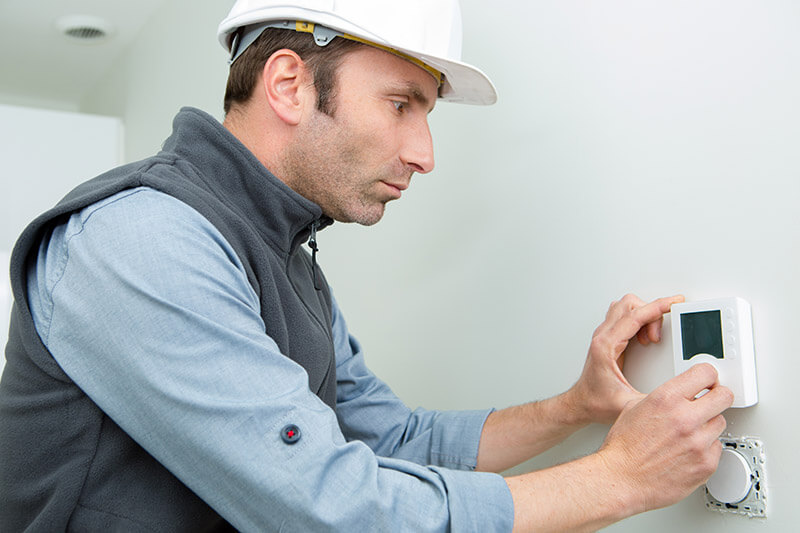A well-functioning HVAC is vital for home comfort. Any differences in your air conditioner’s efficiency are troubling. Inspect the thermostat before contacting an HVAC specialist. Minor thermostat issues may act like a more severe issue with your HVAC system. It can affect your comfort and the efficiency of your system.
When thermostat issues arise, they are rarely chaotic. No flying sparks or turning on smoke detector alarms. Most thermostat failures trigger slight or abrupt changes in your air conditioner. Since your unit isn’t working as it should, it is easy to mistake the signs as an emergency HVAC issue. All that you need is thermostat troubleshooting.
4 Signs Your Thermostat is Faulty
Your AC Won’t Turn Off
The main purpose of a thermostat is to communicate with the AC. It transmits signals to your AC to either rise or lower temperatures. What if your air conditioner runs often when it reaches the programmed temperature? The electrical connection may be faulty. This can also be a sign of miscalibration. This makes the thermostat send the wrong signals to your HVAC.
The AC Won’t Turn On
The wiring between your air conditioner and thermostat may become frayed or damaged. This affects the connection and leaving your space cold. Wiring issues can also cause your AC to misinterpret temperature settings. It will cause irregular cycling.
Unresponsive Thermostat
As you change your temperature settings, the thermostat will respond to these changes. When you make the changes, you will hear slight clicking noises. Your air conditioner will start immediately. If your air conditioner doesn’t respond, it is malfunctioning and needs a replacement.
Constant Temperature Changes throughout Your Home
Unless you zone every room, the temperature in your home should be consistent from one room to the next. A faulty thermostat cannot keep temperature settings. You will experience constant temperature shifts within your home.
How To Troubleshoot a Faulty Thermostat
Test the Settings
You should always make sure to program your thermostat on ‘cool’ in the summer and ‘heat’ in winter. If your air conditioner is often running, you may program it to ‘ON.’ You should program your air conditioner on ‘AUTO.’ This helps your air conditioner and makes sure that it’s always running.
Turn the Thermostat 5 Degrees Up or Down
Switch the heat up 5° higher than normal during winter and then 5° lower than normal during summer. After doing this, you will hear a click sound made by your AC.
Change the Batteries
An easy and simple way of fixing thermostat issues is replacing bad batteries. If you have a digital thermostat, you should change the batteries at least once every year.
Clean Your Thermostat
Remove debris and dust around your thermostat. This protects the electrical and mechanical parts from damage. Dust the inside of the thermostat cover using a dry cloth or small brush.
Check the Wiring
You should check your wiring to ensure it’s connected. If there is nothing wrong with the wiring and your AC still is not working, contact an HVAC specialist.
If none of these tips help you, contact an air conditioning expert to inspect your system further. Call Thornton Heating Service for all your heating and cooling needs. We can even do a thermostat replacement if needed.

